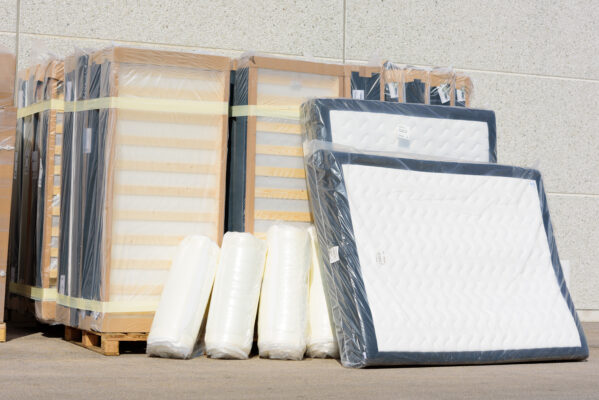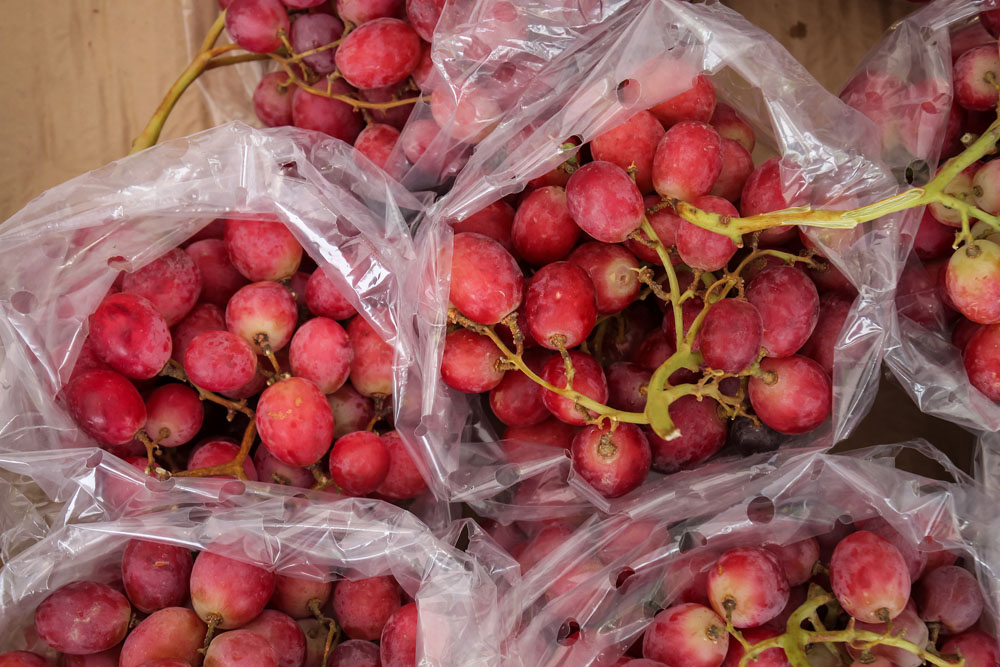Ventilation is key in keeping certain goods in optimal condition, especially when it comes to items that need to breathe, retain freshness, or drain moisture. This is where vented bags come into play, offering a simple yet essential solution.
Let’s take a look at the nature of vented bags and how they serve various industries by ensuring the safe transit and shelf life of many goods.
Understanding Vented Bags
At its core, a vented bag is just like any standard bag except for one distinct feature — it has vent holes. These are not your average accidental rips or tears that compromise the bag’s integrity; these holes are deliberately punched in a pattern that provides the necessary airflow or drainage for the bag’s contents.
Why is Ventilation Important?
Moisture can be the enemy of many products. It can lead to spoilage, mold growth, or even rust, depending on the item. Likewise, a lack of air circulation can cause fresh produce to become stale more quickly. Vented bags combat these issues by allowing air to circulate around the products, which in turn helps regulate temperature and humidity levels, reduce sweating, and prevent condensation.
Common Uses of Vented Bags
Vented bags are crucial in various scenarios. Below are a few industries where these bags are commonly found:
Fresh Produce Packaging
When you go to the supermarket and pick up a bag of oranges or potatoes, chances are those bags are vented. Vented bags are widely used in the packaging of fresh produce because they provide the aeration required to maintain product quality from farm to table. They allow ethylene gas, which is naturally emitted by fruits and vegetables, to escape. As a result, this slows down the ripening process and extends the freshness of the product.
Packaging for Wet Items
Items that have been washed or may have residual moisture need vented packaging to prevent mold and mildew. For example, a bag of lettuce might use a vented bag to help keep the leaves dry and fresh until it’s ready to be consumed.
Bulky Items

Even non-food items can benefit from ventilation. For instance, mattresses often come in large vented bags, simply because packaging them in a bag without vent holes would be nearly impossible to manage efficiently, and also to help prevent the growth of bacteria and odors during storage and transport.
Producing Vented Bags
Vented bags are made in much the same manner as any standard plastic or paper bag, with the additional step of having the vent holes punched into the bag material. Although this may sound simple, it is a complex process – punching holes into rapidly moving plastic or paper stock does have many potential pitfalls, such as hole cut quality and slug removal, and many of the newer films in the market can impact production, as well.
Whether a bag line requires intermittent or continuous motion punching, macro or micro holes, or the conversion of diverse film types, the team at Pearl can help. With both ball & die and toothed punches (like our pivot punch unit!), and a variety of methods to deliver quality holes to bag film, Pearl products can provide the results bag manufacturers need.
Conclusion
Vented bags might seem like a small innovation, but their impact is huge when it comes to preserving the quality of packaged products. Their simple design caters to the essential needs of various goods by permitting air to circulate and moisture to drain away.
The next time you come across a product in a vented bag, you’ll understand the precise reason for those little holes—and why they’re so important for maintaining the freshness and longevity of everything from your fruit salad to your box-spring mattress.
Remember, it’s not just about storing or packaging; it’s about preserving quality and prolonging usability. Vented bags are just another unsung hero in our daily lives, ensuring our products are kept in the best condition possible until we’re ready to use them.


